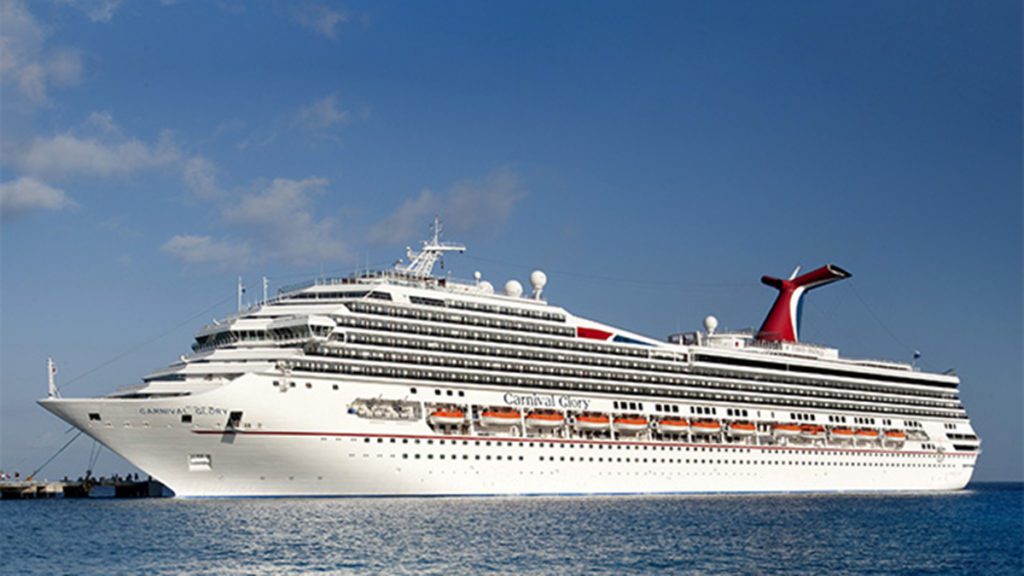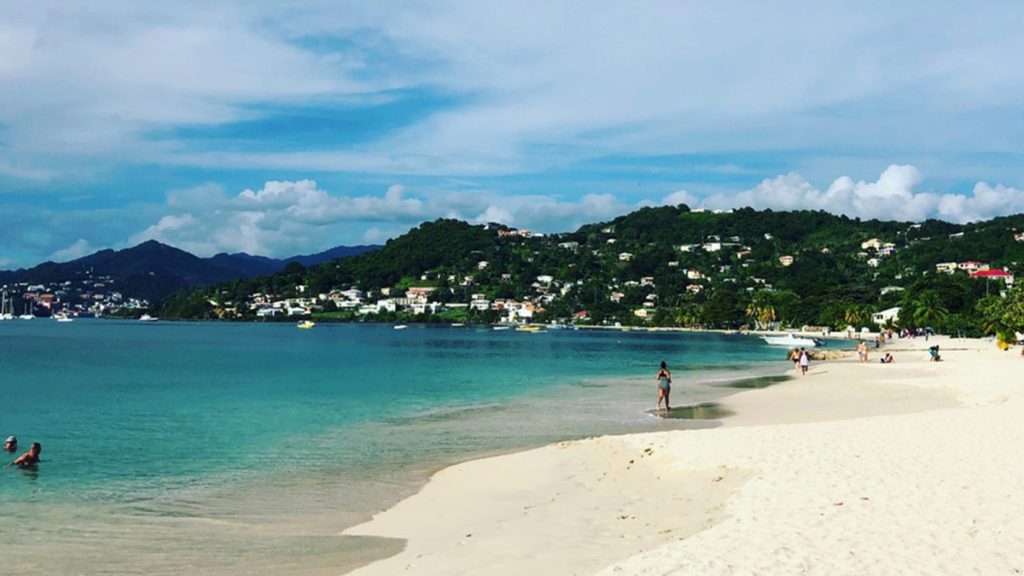Grenada is one of my favorite places in the Caribbean in part because it checks off all the boxes of things that I love about the islands — authentic culture, local food you won’t find back home, great natural beauty and ample outdoor activities — and interesting rum, too. Here are some of the top reasons to plan a vacation to the Caribbean’s Spice Island right now (and here’s what you need to know before visiting).
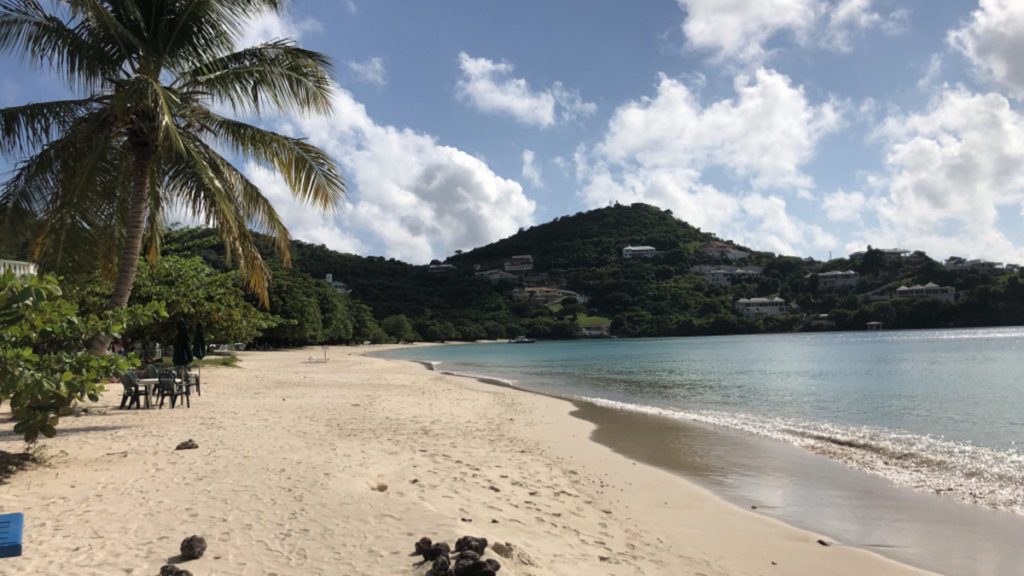
The Beaches
Grande Anse Beach is one of the truly exceptional beaches of the Caribbean, stretching for miles of white sandy goodness in the southwest tip of the island. Several of Grenada’s top hotels and restaurants are located on this beach, which nonetheless retains a sense of laid-back relaxation. Nearby Morne Rouge (BBC) Beach is sheltered in a cove and has calm waters, while palm-fringed La Sagesse Beach is perfect for solitude seekers and those seeking a more local vibe. If you want to see turtles, head to Levera Beach on the north end of Grenada, a nesting area for leatherback turtles.
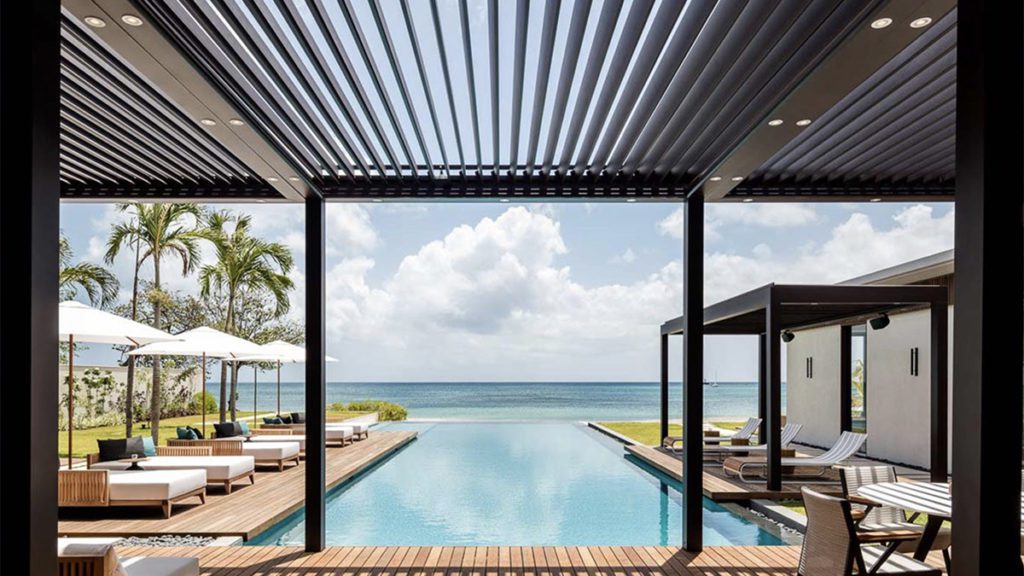
The Resorts
Grenada isn’t overwhelmed with resorts, but the vacation hotels on the island included some pretty special places. If you’re looking for something familiar, you’ll find the all-inclusive Sandals on Pink Gin Beach, while the Radisson Grenada Beach Resort is a reasonably priced pay-as-you-go option on a prized stretch of Grande Anse Beach. But it’s with boutique upscale resorts that Grenada truly shines, with iconic hotels like the Spice Island Beach Hotel, the Mount Cinnamon Resort and Beach Club, and the newer Silversands Grenada.
The Community
There’s no denying that tourism is part of the landscape in Grenada, but it’s not the only thing. Maybe that’s why the island, for all of its sophisticated resorts, still retains a sense of how the Caribbean was before mass tourism. The Grenadian people are warm and friendly and welcome visitors into the local culture especially at events like the Spice Market in downtown St. George’s, the island’s capital city, and the annual SpiceMas carnival.
The Waterfalls
What’s even better than taking a hike in a Grenada rainforest? Taking a hike to a spectacular waterfall in a Grenada rainforest, of course! Of the 18 major waterfalls in Grenada, Annandale is the most popular — it’s 30 feet tall and also easily reached via a paved path. The Concord Waterfalls are a reasonable safe bet even in the dry season, and you get three waterfalls for the price of one — Concord, Au Coin, and Fountainbleu. Plus, the 45-minute hike to the falls helps keep the crowds down. If you want to see the tallest waterfall in Grenada, that would be 82-foot Tufton Hall, but the price of experiencing it is a challenging, three-mile hike. Mt. Carmel (or Marquis) Falls are almost as tall (70 feet) but it’s a flatter, shorter hike in to see it. The Seven Sisters waterfall is a highlight of the hike into the Grand Etang National Park in the center of Grenada.
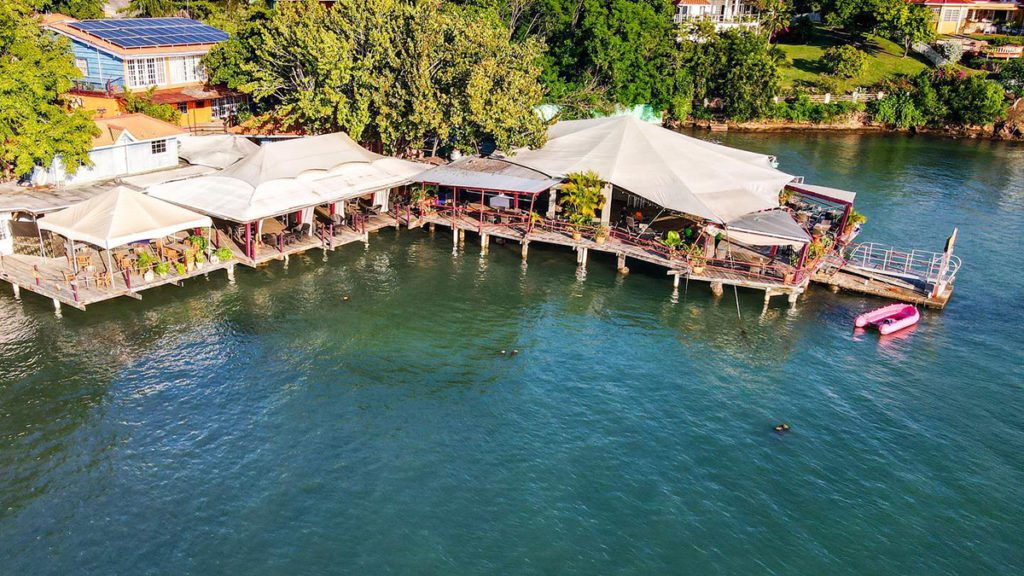
The Food
If you’re even a mildly adventurous eater, you’ll have the opportunity to try some things you’ve never dined on before during a trip to Grenada. The local Creole cuisine takes advantage of the island’s abundance of spices and other natural ingredients, and is widely available even at resort properties. The Dodgy Dock restaurant at the True Blue Bay Resort, for example, has a popular Street Food night on Wednesdays with live music and local dishes like Oil Down — the one-pot national dish of Grenada — Curry Goat, and Callalo Stew.
The Spices
They don’t call Grenada the Spice Island of the Caribbean for nothing. The island is redolent with the smell of nutmeg, cinnamon, ginger, clove, allspice, bay leaves, and turmeric, all of which of course find their way into the local food, including the island’s excellent estate-made chocolate. Fresh spices from Grenada make a great take-home souvenir or gifts for friends, and no trip to Grenada is complete without a visit to the fascinating Gouave Nutmeg Processing Cooperative, where nutmeg fruit and mace are painstakingly separated by hand for use as food, medicine, balms, and more.
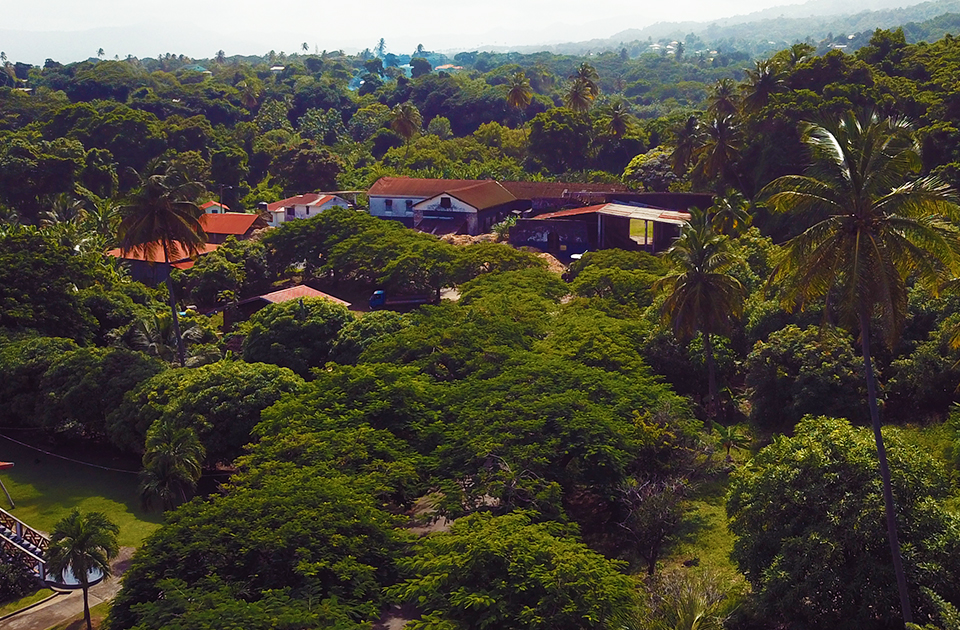
The Rum
Like better known Jamaica and Barbados, Grenada has a rich history of rum production dating back centuries. Westerhall Estate, for example, has been distilling rum from locally grown sugarcane since the 1700s, but until pretty recently it was not sold outside of the Caribbean. For an unforgettable education about the ancient process of rum making, visit the River Antoine Estate, which has been more or less distilling rum the same way since 1785. Fresh cut cane is carted in from the fields to be crushed in a water-powered mill, with the resulting juice then kept in giant natural fermentation vats before being boiled down and distilled into rum. It’s all pretty primitive but yields the unique Rivers brand rum consumed mostly in Grenada, including a 155-proof version that’s literally too dangerous to fly on a plane, so drink up!
Carnival Cruise Line Plans More Ship Restarts in the Caribbean
